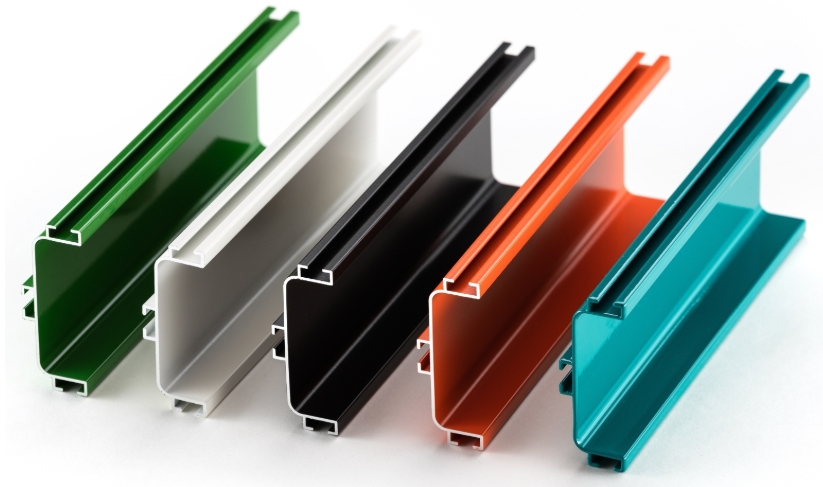Aluminum extrusion anodizing is a specialized surface treatment process that enhances the properties of extruded aluminum components. This technique combines the strength and versatility of extruded aluminum with the durability and aesthetic appeal of an anodic layer, making it a cornerstone in the field of metal finishing.
Extruded aluminum refers to aluminum that has been shaped through an extrusion process, where a preheated aluminum billet is forced through a die to create specific shapes. This process enables the material to achieve tight tolerances and complex profiles, tailored to various industrial needs. This method, often referred to as aluminum extrusion, is widely used in industries requiring lightweight, durable, and corrosion-resistant materials.
Anodizing, on the other hand, is an electrochemical process that converts the natural oxide layer on the aluminum surface into a thicker, more durable oxide coating. The result is an anodized surface that provides enhanced wear resistance, improved aesthetics, and greater protection against corrosion.

The anodizing process involves several key steps, starting with cleaning the aluminum to remove impurities. The cleaned extruded aluminum is then immersed in an electrolytic solution, typically sulfuric acid or chromic acid, depending on the desired outcome. When an electrical current is passed through the solution, the aluminum acts as the positively charged anode, while the electrolyte becomes negatively charged. This reaction creates a layer of aluminum oxide on the surface.
To achieve colored anodized finishes, metal salts are often added to the electrolytic solution. These salts penetrate the anodic layer, creating vibrant and durable anodized coatings in a wide range of colors. The process can also be adjusted by applying higher voltages to achieve thicker oxide coatings for specific applications.
Anodized aluminum extrusion offers numerous advantages that make it ideal for applications across various industries:
Thanks to its versatility and durability, anodized aluminum extrusion is used in industries ranging from construction to electronics. Common applications include:
Aluminum extrusion anodizing is a transformative process that enhances the natural properties of aluminum. By creating a robust anodic layer through the anodizing process, it combines the best of both worlds: the structural benefits of extruded aluminum and the protective qualities of anodized coatings. Whether it’s for functional purposes like wear resistance or aesthetic goals like vibrant anodized surfaces, this process ensures high-quality, durable, and versatile aluminum products for modern applications.